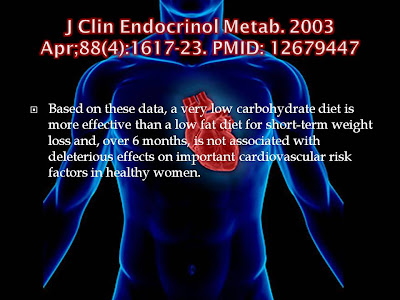Getting the Metabolic Edge
By Dr. Michael Ruscio
The following are some notes from my public lecture on metabolism, please forgive grammatical errors.
Summary:
- The primary driver of metabolism are hormones
- Diet, exercise and internal health all effect hormones profoundly.
- Dietary science has shifted from calorie counting (quantitative) to calorie type (qualitative)
- Exercise science has shifted from calories burnt to hormones secreted
- Inflammation, digestive health, infections and toxicity are the 4 most common internal factors that derange metabolism.
- Inflammation, digestive health, infections and toxicity are the 4 most common internal factors that derange metabolism. Aim for a 2:1 resistance training to cardio ratio
- Use body weight/resistance type movements
- Choose movement that require total body or at least more than one joint
- Use higher reps, 12-15
- Do a few exercises back to back with no rest in between. Push ups, squats, pull ups…rest… repeat.
Below we see (working from top left in a clockwise direction)
Cushing's Disease, a disease of high cortisol levels
A body builder using mega-doses of steroids (hormones)
Someone with dwarfism due to low pituitry function
An anti-aging physician who injects hormones to have levels of a 25 year old
The worlds tallest man, who also had a pituitary tumor causing high levels of growth hormone
The take away is the hormones dictated how the body would look, tall, fat, muscular, short.... So calories are a slave to hormones.
Why doe this matter? Because we can impact hormones with diet and exercise very strongly.
Below is a chart depicting that as we age we decrease growth hormone, which keeps us lean, and increase cortisol, which destroys our muscle mass and causes increased belly fat.
We are able to fight this decline with high VO2 max exercise (sprinting, burst training), essentially working really hard for a short burst. Note, this is the opposite of 'cardio'.
In fact, the Textbook of Medical Physiology by Guyton suggest we can get more growth hormone from exercise, than from sleep.
Here is another great study showing that men who weight train end up having better testosterone secretions and less cortisol secretions. Other studies have show better growth hormone secretions with this type of exercise. J Sports Med Phys Fitness. 1989 Mar;29(1):9-26. PMID: 2671501
So we know we can achieve better growth hormone and testosterone levels with the appropriate exercise. It will please you to know that if you eat the right way, you can pour gas on this metabolic fire we are creating. Lets now look at how blood sugar regulation ties in.
A high starch, high carb, high whole grain, etc meals effect on blood sugar.
A lower carb., paleo like meals effect on blood sugar
Now from Lippincott's Textbook of Biochemistry we see the science version of this... When blood sugar goes high, you release insulin are more likely to gain fat and have high blood sugar which can eventually lead to diabetes and other problems. When you keep blood sugar controlled or in the sweet spot, you have better release of growth hormones and other energizing hormones. This provides you more energy and a better body comp.
Here what this change looks like on a cellular level. A high carb. diet elicits an insulin response, which shunts blood calories (yellow circles) into the fat cells and does not feed the power generating mitochondria. Result; you gain fat and are tired. A controlled carb. diet elicits a growth hormone (GH) response which shunts blood calories into the mitochondria to be burnt for fuel and thus generates energy. Results; you have energy and do not gain fat.
In summary, it appears better for one to eat less carbs. and to replace them with more fat, some protein and vegetables. If you are saying, "well if I eat fat won't that cause heart disease and make me fat?" this is being disproven by currently studies. Here are just a few examples of many.
Essentially these studies showed that low a carb. diet provided better weight loss. Additionally low carb. dieting was also as good as and ever better than high carb. dieting for your heart in some cases.
So the diet summary is as follows. I would make one tweak and that would be to keep you carbs between 25-50 total grams/day if you need to lose weight or if you tend to crave carbs.
When diet and exercise do not work here is what you should look into.
We just covered a lot. Sorry if the info is a bit fragmented, but without writing a book I wanted to get across some major concepts. I hope you find this helpful and feel free to contact me with questions. www.DrRuscio.com
Dr. Michael Ruscio


















